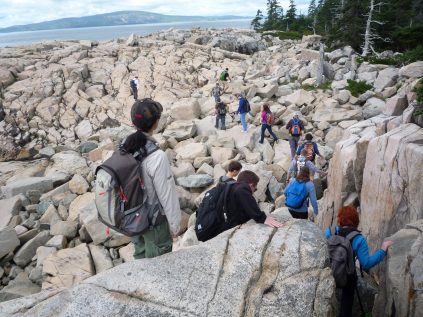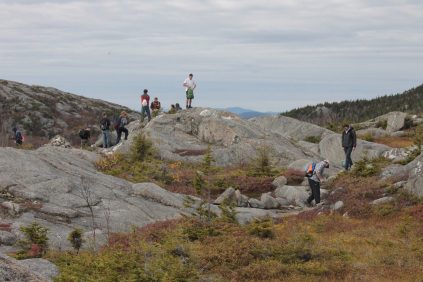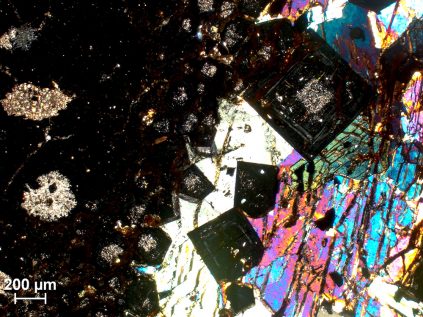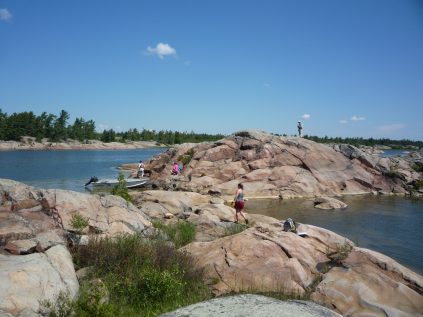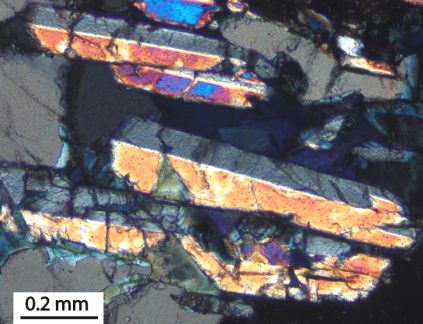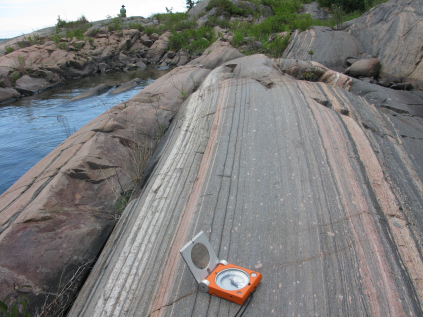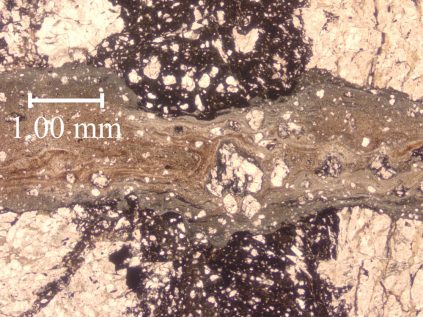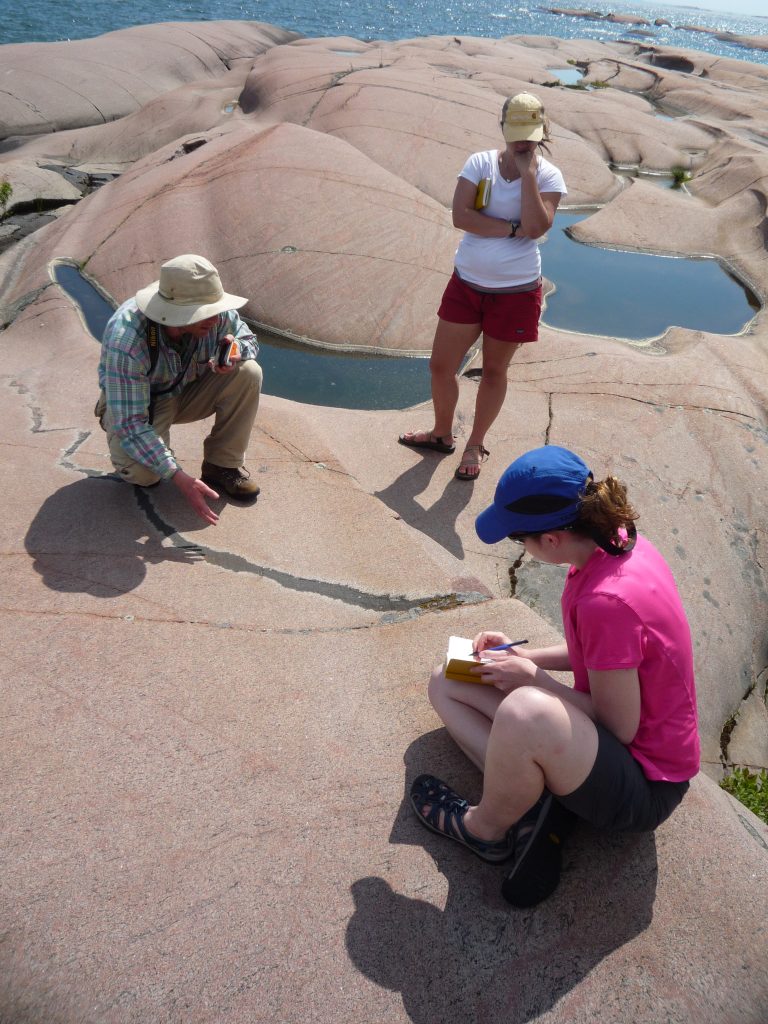Geodynamics, Crustal Studies and Earth Rheology
-
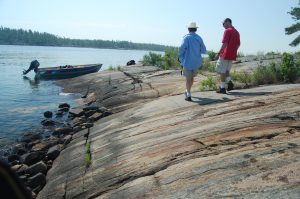
People
-
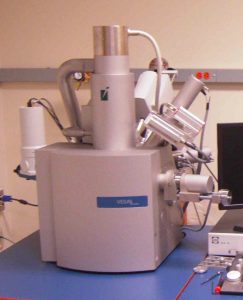
Facilities
-
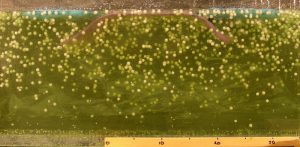
Course Projects
-
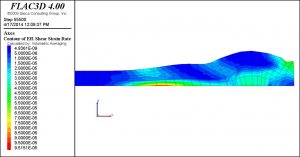
Numerical Modeling Wiki
-
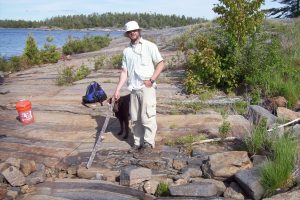
Former Students
Rocks and landforms at Earth’s surface, potentially hazardous volcanic and seismic activity, the response of Earth’s surface to icecaps that come and go with changing climate, and the slow but inexorable movement of continents all result from the interaction of physical and chemical processes taking place throughout Earth’s crust and mantle. With international interest and funding directed towards addressing both basic research questions and applied problems, the broad fields of geodynamics, structural geology, mineralogy and petrology are mainstays of geoscience research.
Our ongoing and new capacity for microanalysis, including optical microscopy, energy- and wavelength-dispersive spectrometry, cathodoluminescence, and electron backscatter diffraction, along with grain- through orogen-scale numerical modeling and supercomputer applications, allow us to develop groundbreaking ideas related to coupled physical and chemical processes that shape Earth’s surface and drive evolution of its lithosphere.
Our research program spans spatial scales from micrometers in individual mineral grains (deformation mechanisms, mineral chemistry, microstructures) to hundreds of kilometers in mountain belts (tectonic history, magmatism, structural development, and coupling of surface and deep processes). We study events that occurred from 4 billion years ago at the dawn of Earth’s history to those active today. We make observations of the natural world, using field, analytical, geochemical and geophysical datasets, and explain these observations using basic physical and chemical principles.
We employ numerical and analogue modeling to test our explanations and conceptual predictions. Our most active research threads center on relating strain to surface evolution, mountain-scale dynamics, mid- to lower-crustal rheology, elastic anisotropy, earthquake geology, microstructural evolution, magma dynamics, pressure-temperature and chemical evolution of metamorphic rocks, stable isotope fractionation and mineral paragenesis.
We list some of our current projects below, and you can see recent past projects by clicking the link near the top of the page.
Current Projects
Most of the geodynamics group is involved in one way or another with each of the projects listed below. We list them here organized by the faculty member leading or overseeing the project. For projects involving or being led by graduate students, their names are listed with the titles.
I have a wide variety of interests in the general fields of structural geology, microstructural processes and rheology. Below are a few of the projects that I am currently and/or perpetually involved in, but I often engage in new projects in response to the interests and strengths of my incoming graduate students.
- General problems in microstructural and rheological evolution with changing strain and metamorphic conditions.
- General problems in the transport and emplacement of igneous intrusions. Current projects focus on the subvolcanic systems in coastal Maine.
- Earthquake mechanics and geology with particular emphasis on the
development of damage zones around deeply eroded continental strike-slip faults (collaborative with Senthil Vel in Mechanical Engineering). - The role of geological structures and microstructures in generating seismic anisotropy in continental crust (collaborative with Senthil Vel in Mechanical Engineering and David Okaya at the University of Southern California).
- The role of phase changes and fluid expansion in the development of microcracks, elevated pore pressures and transient permeability in rocks (collaborative with Zhihe Jin in Mechanical Engineering).
My research lies at the intersection between metamorphic petrology and geochemistry. I am interested in how metamorphic processes influence arc magma geochemistry, and how the physical and chemical changes that take place during subduction leave their fingerprints in the rock record. Below are some of my current projects, though I am always happy to discuss other geochemical and petrologic projects with potential students.
- Sulfur isotope systematics in subduction zones
- Arc magma generation from melting of mélange diapirs
- Understanding the spatial scale of trace element equilibrium and its relation to single element thermometry in metamorphic rocks
- Development of LA-ICP-MS techniques and reference materials for Ti-in-Quartz thermobarometry
- Formation and geochemistry of garnetite veins in eclogite
My research is based primarily in viscous rheology: the relationship between stress and strain rate for the middle and lower continental crust, mantle, and ice. In addition to those rheological projects I lead, I am interested in a wide variety of other investigations of rocks, ice, and atmospheric particles, most with some component of microanalysis. My ongoing projects include:
- Mechanisms of shear zone formation in deep orogenic crust
- 4D rheological structure of the lithosphere
- Documenting and improving student understanding of the forces causing the movement of Earth materials
- Patterns and geodynamic effects of strain localization in the lithosphere
- Relationship between ice microstructure and flow strength (with Stephanie Mills)
- Seismic and radar expressions of ice fabric (with Steve Bernsen)
- Characterization and dating of monazite and xenotime in metamorphic and plutonic rocks of the Larsemann Hills, Antarctica (with M.S. student Steven Spreitzer)
- Origin of pegmatite and A-type granite in the Larsemann Hills and other areas in Prydz Bay,Antarctica
- Mineral ecology, which is the study of the processes influencing the distribution, diversity, complexity and abundance of minerals, including the interactions of minerals with abiotic and biotic systems in the environment. My focus is on boron and beryllium minerals, such as boralsilite, Al16B6Si2O17 (photomicrograph)
- Characterization of two new boron minerals related to boralsilite and tourmaline
